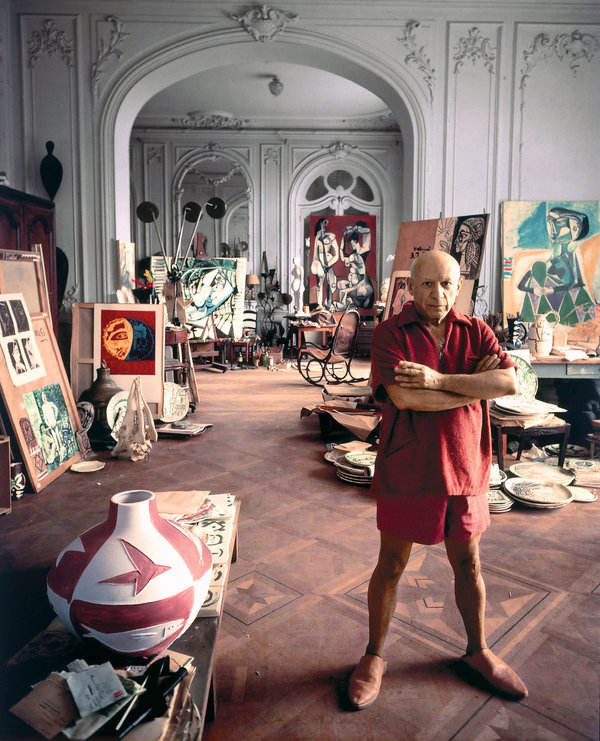You’ve probably heard the Picasso quote: “We all know that art is not truth. Art is a lie that makes us realize truth, at least the truth that is given us to understand.” An article by Drew Calvert, published online by AGNI Magazine, explores the notion that art is a lie by looking at the role of the artist, and the potential of her product. Calvert compares the philosophies of David Foster Wallace (who we blogged about last week) and Sheila Heti, specifically in regards to her book How Should A Person Be? A Novel from Life.
Heti’s How Should A Person Be?, according to Calvert, includes transcribed conversations and real emails, yet “is really a novel about the lives of artists.” Calvert continues: “This is important to recognize, because communities of artists have their own special dynamic: each member of the community spends most of his or her time trying to decide who is genuine and who is full of shit, and the rest of it suspecting oneself of being on the wrong side of this divide.” Calvert sees Heti’s literary goal to be that of authenticity, of representing a real self, whereas he considers DFW to be someone who “began to push the paradoxes and struggles of artistic creation explicitly into the moral realm”; in other words, someone more concerned with the moral aspects of artistic expression rather than authenticity.
From this comparison between DFW and Heti, Calvert arrives at the central questions of his essay: What does it mean to be an artist? Is an artist someone who can expose the essence of what it means to be human? Or is an artist “someone whose moral vision need not be taken seriously, someone who is cloistered, obscure, and unapproachable”?
Calvert highlights an excerpt from Heti’s How Should A Person Be? in which the character Margaux describes struggling to explain her aesthetic: “Well, everything I like is ugly-beautiful. For me, what’s truly ugly is, like, tight blue jeans with cowboy boots and a lot of makeup — restrained things. That’s really ugly — or like a really detailed drawing of a rocking horse. I think anything tight is truly ugly for me. Not ugly for the world — people love that — but it just looks awful to me. It looks like death.”
So, Calvert asks, can art reveal deep moral truths, or is creation as arbitrary as Margaux’s taste seems to be? Calvert’s closing thoughts include a quote from Fernando Pessoa’s The Book of Disquiet; Pessoa writes, “Art lies because it is social … . We all love each other, and the lie is the kiss we exchange.”
What are your thoughts, readers? Is art inherently dishonest? Is it possible to be both an authentic artist, as well as an artist whose work demonstrates some greater moral truth?
Don’t forget to check out the article by Drew Calvert in full on AGNI Online here!









